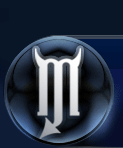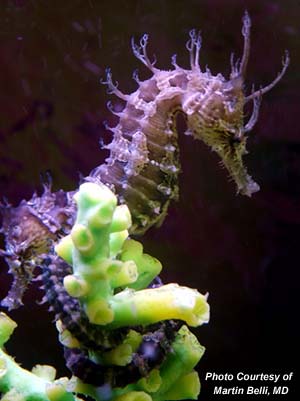Hi I am interested in Seahorses . I am wanting of course to do some research before I get any. How big of a tank? What sort of water conditions ?? How often do I feed them? What do I feed them ? What sort of conditions or behaviors do I look for to know if they have a disease ? There is much info on the web, but all conflicting. Do I need rocks or plants in the tank ?? Basically I need to know all aspects to start !!! Any help would be great !!!


























